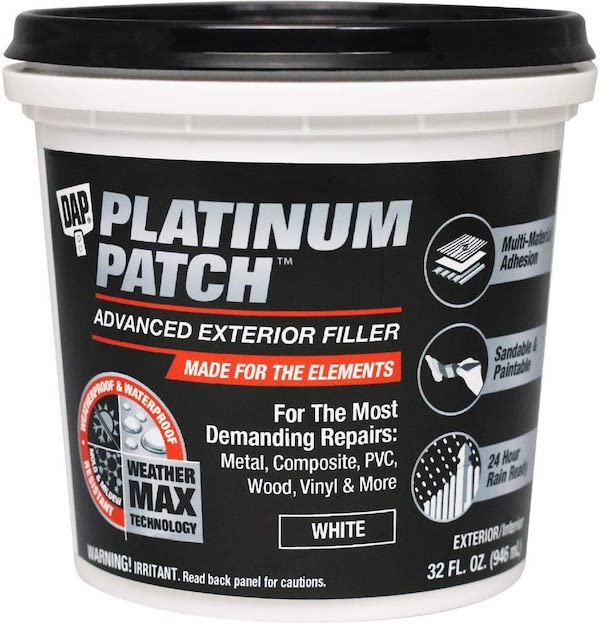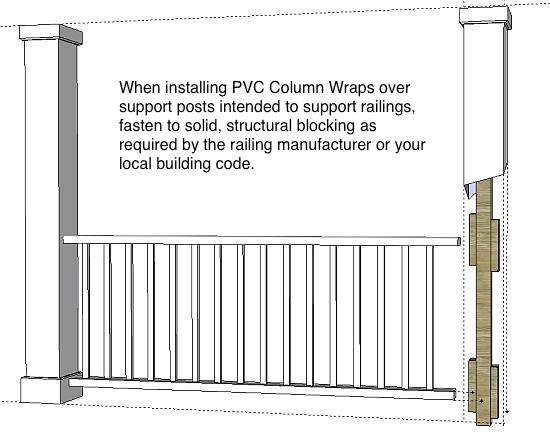- Non-Structural Column Wraps
- Structural Fiberglass Columns
- Cellular PVC
- Decorative Millwork
- T&G | Shiplap Planks
- Premier Shutters
- Outdoor Living
- Ceiling Beams
- Flexible Mouldings
- Interior Ceilings & Walls
- Wainscoting
- Clearance Items
Tips for saving time Installing PVC Columns Wraps on large projects
Unlike construction projects that call for a few columns installed on one house, some construction companies are faced with installing hundreds of PVC column Wraps on an entire subdivision. With those construction companies in mind, and with our years of experience in installing columns wraps, we offer this advice.

To start, have your team review our installation tips that are posted online and come packed with the columns. For larger orders, we package the PVC glue, mounting hardware, mounting cleats, and tape in bulk for easy distribution on site. Depending on the size of your installation team, you may want to divide up your team. Have some only installing the PVC shims and mounting cleats, have another team install the column's shaft, followed by a third team installing just the capitals and bases. We find breaking up the job this way saves considerable installation hours.
Review the following tips with your team
As the edges of the shaft are sharp, ensure your men wear protective gloves.
Cut the shaft panels to size before tapping and gluing in place, it's faster this way. When cutting the shaft to size, no need to be a perfect fit, cut ½” shorter so that it can quickly be positioned in place.
The PVC glue makes an excellent bond to PVC, but nothing else. If you need to bond PVC to wood, steel or anything else, use a construction adhesive like "PL Premium" found at big box stores.
Our PVC glue has a 30 minute working time, about a 90 minute setting time, and 24 hours before it is fully cured.
Do not leave masking tape on the shaft too long, especially if in the sun, it will be difficult to remove. Once the shaft is in place, the tape can be removed after two hours.
Brads nails are great for holding PVC parts in place while the glue sets, but you should ensure the PVC glue has been applied where a strong bond is required. When assembling the shaft, the glue is all you need. Ue brad nails or pins at the top and bottom of the shaft just to hold the panels in place until the glue sets.
Try to limit the nailing, screwing and pinning to areas of the shaft that will later be hidden by the capitals and bases.
When filling exposed nails or pinholes, do not use an interior or low-grade caulking, some caulking will shrink and some will not accept paint. If unsure, we highly recommend “Platinum Patch” by DAP.

We hope you find these tips helpful, good luck with your project.




